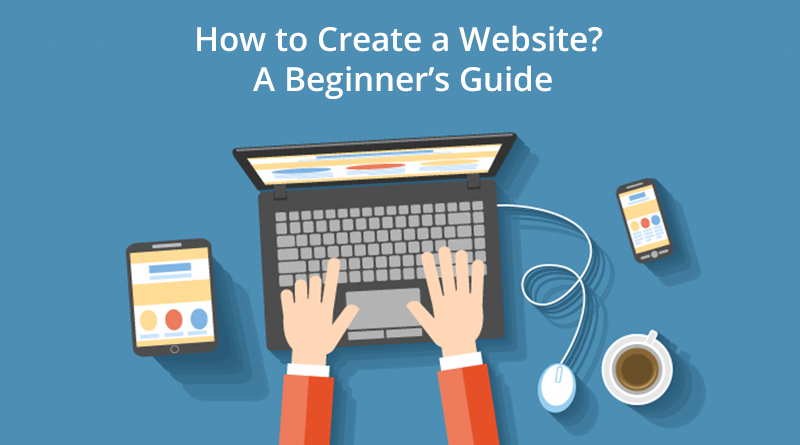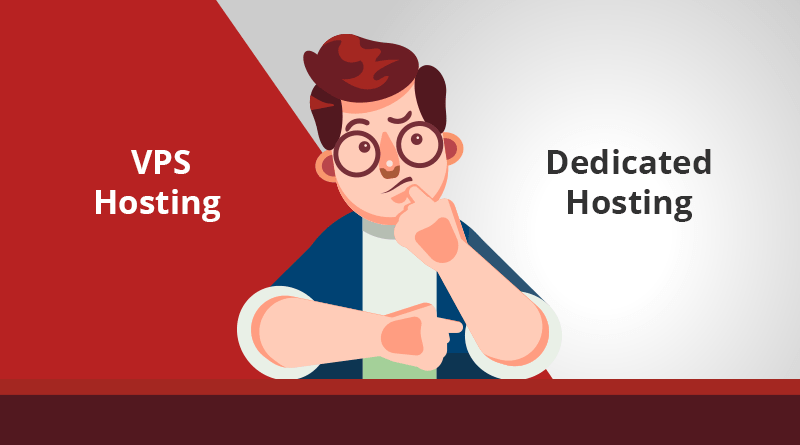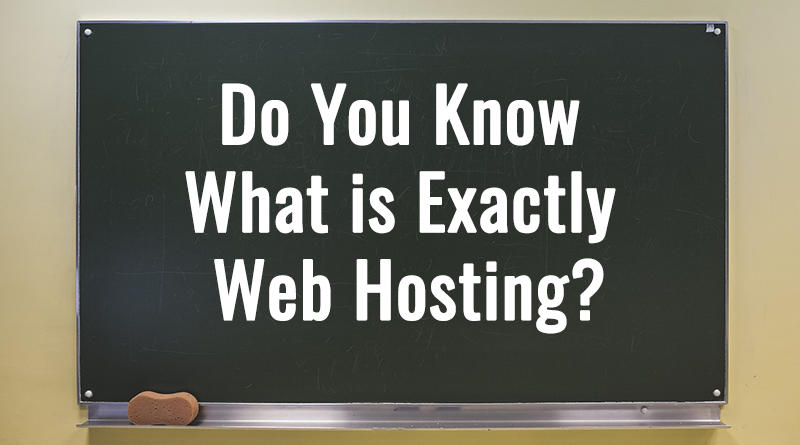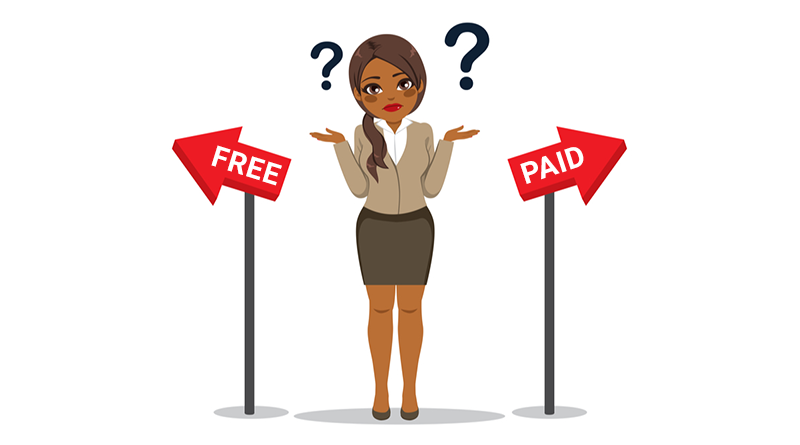Looking to design a website? Then you must have got questions like what, how and why, right? I believe that you should get these types of questions. Because, if you belong to non – technical background then you will definitely get these types of questions. After successfully setting up a physical business, you need a website to take your physical business online worldwide. Here comes the question how? To a get solution, check this article and take your business online with no time.
Pointers for developing a website:
1) Prepare a plan or layout of your website design
2) Buy hosting and domain
3) Select a platform for your website
4) Set up and manage WordPress website
5) Dashboard of WordPress
6) Design your site and make it appealing
7) Write and prepare your content
8) Test your website
Prepare a plan or layout of your website design
Being a website owner it’s your responsibility to prepare a plan or layout of your website or blog. Take a look below on parameters for layout process.
1) Look of the website or blog
2) How your website will run?
3) Which colours will represent your website?
4) What types of images you will use?
5) How your website footer and header will look?
You can take an example of various websites available online for the layout process. This is important because once you start designing then you will come across with many changes and additions that you will implement on your website or blog. In short, it is like the blueprint that is used to take a rough idea before starting a actual work.
Buy hosting and domain
This is one parameter where you will get stuck due to heavy competition in the hosting industry. Firstly, you have to decide the name for your blog or website. It is a domain name that you will register for your blog or website. A domain name will be anything that you find it suitable and it is suggested to keep simple and easy to remember domain name. For example, you are a blog owner of digital marketing then selecting these types of names like digitalblog, yournameanddigital, digitalideas, digitalmarketingnews, etc.
Once your domain name is finalized then you have to check the availability of the domain. If your selected domain is available then you can register for that domain. Now, your domain is final and registered. Next step is to buy hosting for your for your blog and website. However, selecting a reliable hosting provider will take your business to next level. Check below parameters that you should consider before signing up:
• Reliability
• Support service
• Uptime
• Unique features
• Price
• Security
• Money back guarantee, etc.
If you are getting all these parameters then you can consider that web hosting provider to host your website or blog. Perhaps, selecting a wrong web hosting provider will lead to failure of the business. Therefore, this decision is very important for your business.
Select a platform for your website
There are n numbers of platforms available online such as WordPress, Drupal, Magento, Joomla, etc. But which is best for your site on this question you might get confused, right? Firstly, let me tell you that all these mentioned platforms are ideal for startups, small, medium-sized business websites. If you ask my view on this then, I suggest WordPress because it is best for newbies.
After signing up, you will get an email from your web hosting provider consist of login details of cPanel. From cPanel, you can manage everything right from emails, domain and subdomains, file manager, etc. Likewise, in cPanel from Softaculous, you can download WordPress and further set up accordingly.
Set up and manage WordPress website
WordPress has two sides: front end and back end.
The front end of WordPress consists of what your visitors will see after landing on your website. A task performed on the back – end will get displayed on the front end, such as theme customizations, plugin functionality and content publication. On the other side, visitors on front-end perform activities like blog commenting and social media sharing.
The back end of WordPress consists of WordPress dashboard that permits you to fully manage your website content, functionality and design, etc. The user who has the account on WordPress can operate the website. To operate your WordPress dashboard, you required to type this URL domain.com/wp-admin in the address bar of your browser, log in using your WordPress username and password.
Dashboard of WordPress
The dashboard is the main factor of website administration. It includes three main parts left – side menu, top toolbar and middle section. In left – hand column of your WordPress, you get an admin option where you need to focus a lot. Check below list of features that left – side menu includes:
• Home redirects you to your dashboard
• Update feature notifies you regarding updating of themes and plugins as soon as the new version is released.
• Pages allow you to add and remove the page on your website
• Comment is all about commenting that visitors comment after reading your article. It also offers more features that you can enable or disable accordingly.
• Appearance allows you to install themes and set up a website completely.
• The plugin helps you to increase functions of the website. You can install any plugin that you feel will make your website more operative for you and users as well.
List of dashboard features are unlimited and it is tough to explain in one article. You can check video or demo to know more about dashboard features in detail.
Design your site and make it appealing
A design of the website is crucial as it will help people to understand your business properly. If the design of your website is proper then the user will find it easy to browse further and it will increase the traffic and decrease the bounce rate. Here, you can believe that the first impression is the last impression that your website will leave on the user.
Based on the type of the website and the way you select to design it, you will get some options for the same. If you finalized to utilize CMS or web builder, you have to work on pre-made theme and templates. Check some key pointers that you need to keep in mind before designing a website.
• Opt for a clean design
• Make it mobile optimized
• Design as per your niche and goals
• Keep one or two columns layout
• Select unique design factors
• Keep easy navigation
Write and prepare your content
The “Content is King” and it will remain king for the lifetime. The content is information that will help users to understand your website in-depth. If you post useful, unique and clear content then visitors will understand your message. Try to write unique content and avoid copy paste or plagiarized content.
You should ask yourself these two questions:
• Is content relevant for your audience?
• How to present content to your target audience?
Google also gives priority to those websites or blogs that post unique or fresh content regularly. If you are taking efforts to write quality content to educate your audience in your niche then Google and other search engines will reward your site by taking it on the top.
Test your website
Many bloggers or website owners often skip these step because of excitement to launch their website or blog. But the testing step is overwhelming and if you are not sure when to start your website or blog then you are the right place, I will guide accordingly.
• In content, you should check spelling, punctuation, etc
• In design, you need to check images, fonts, etc.
• Web development elements – Urls, broken links, internal linking, etc.
• SEO factors like title tags, metadata, etc.
• The main and very important factor is network administrator areas that consist of hosting, backup system, etc.
Final Words
The website is a permanent factor but things that you do on the website are not permanent. It is an ongoing process that needs to be changed all the time. We hope this article would be beneficial and you will find it easy to design a website by following these steps.




